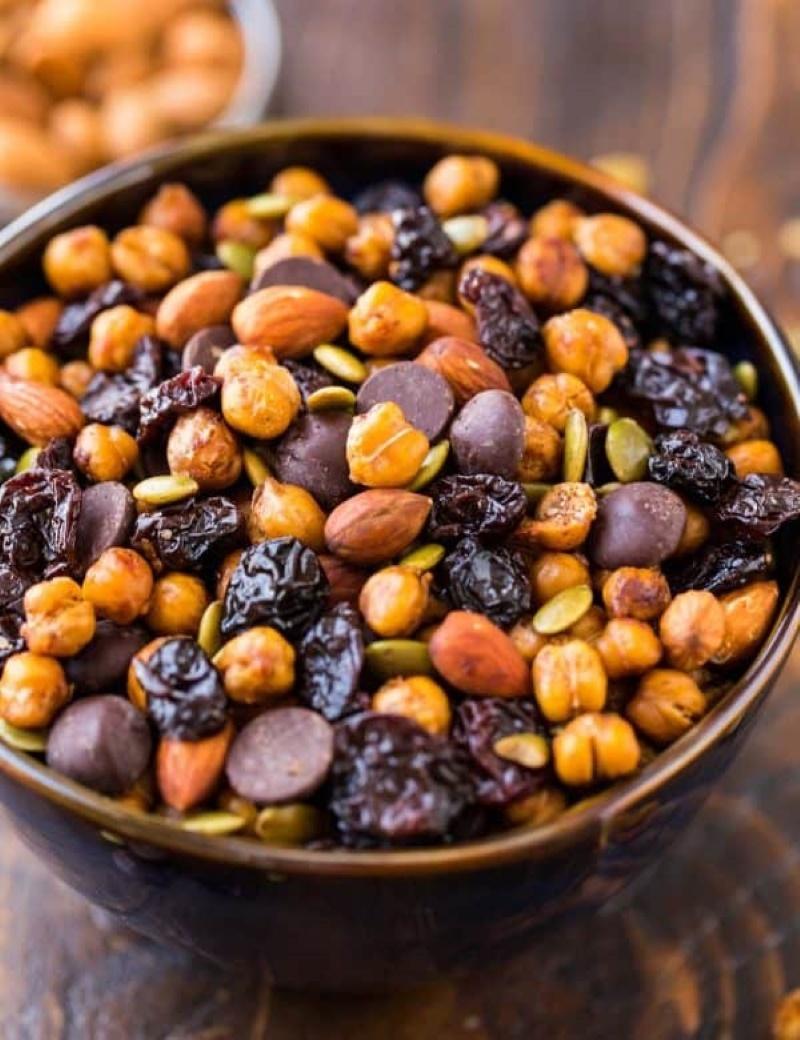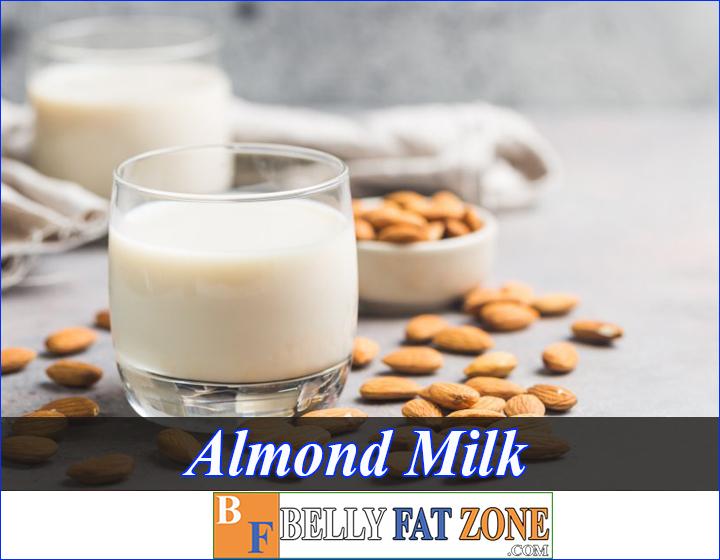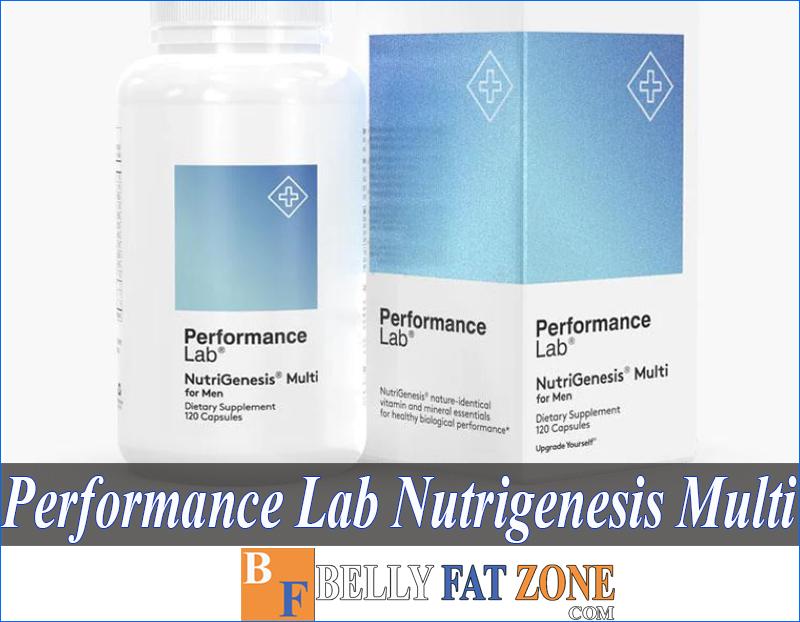Before entering this article to better understand, for those who love to practice sports like you and me, that is when you can do something, even after a long time you can completely repeat it without taking too much time.
All these skills have been saved in the brain, neural chains have been created, after a time you do not use them, those neural connections are still there, and when you use them again, they will quickly reconnect very quickly.
This makes your return manipulation easy and fast, saving a lot less time.

Muscle memory is a phenomenon that is not too strange to gym and fitness people but is still controversial in the sports community and with scientists. So what is this phenomenon? Let's find out in this article with Bellyfatzone.
Indeed, when working out in the gym, fitness or sports, in general, have several reasons why their training schedule is disturbed, sometimes even forced to take a month off from practice.
According to common sense, you may think that “releasing” for so long causes our muscles to atrophy, and when we practice again, we will have a lot of difficulties before movements that used to be “baby's play” me.
However, it is the people who have “unfortunately” experienced such a break from exercise who have noticed a strange phenomenon: muscle does decrease if not stimulated for a long time, but when returning to exercise, they feel that the movements are still as smooth as before, and especially the time to build muscles is faster than when starting from zero.
Why is there such a thing? What makes our muscles grow faster after such a “miracle” rest period?
This phenomenon is not only the subjective feelings of the insiders but has been confirmed by sports researchers, even performing studies that prove the results and find out the causes behind them after it.
Known as “muscle memory,” this exciting phenomenon has caused a significant change in the way muscles and training are viewed by scientists as well as professional and amateur athletes.
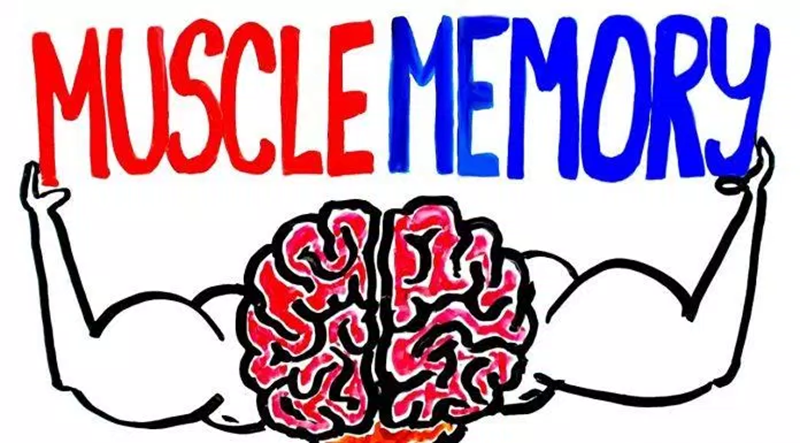
So if you're wondering what happens to your muscles if you suddenly stop working out for a few weeks or want to discover what's so cool about “muscle memory,” then here you go. Please enjoy this article to the fullest!
Our body has an excellent memory for all muscle activities
Before diving into muscle memory in training, try thinking about lighter daily activities that you haven't done in a while, like riding a bike.
How long has it been since you sat on the old iron horse from your school days? It can be one year, three years, or ten years depending on the person.
But one thing is for sure if you have been adept at cycling before, even after ten years, you can still sit on the saddle and press the pedal to roam like a subconscious instinct.
The same goes for slightly more “advanced” activities such as riding a motorbike, driving a car, typing on a keyboard, even sports that require complex techniques such as swimming, skiing, etc.
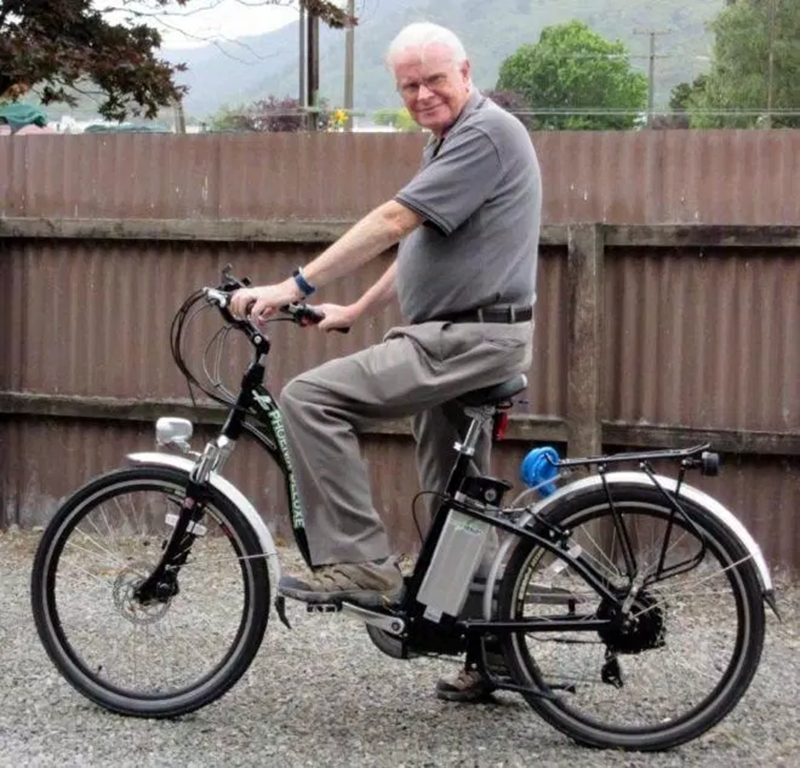
All the moves that you've learned and done over and over for a long time to reach mastery will be remembered by your body for a long time. If you stop doing it for a few months or years, you still won't be able to do it lose these skills too much (of course, don't try to drive the car on the street right away if you have “suspension” for too long!).
This phenomenon is not difficult to explain. Muscles don't have brains, but all the memories of that activity are stored in our actual brains.
When the body performs any movement, nerve cells (neurons) in the brain will form connections to transmit information to command the hands, feet, or other parts to achieve that movement.
This iterative process creates links, which are temporary at first but become increasingly stable and can last a long time even if they are not used anymore.
Such a phenomenon of motor memory is essentially the same as that you can memorize the time's table for the rest of your life, even though you have learned it long ago and rarely use it when you grow up.
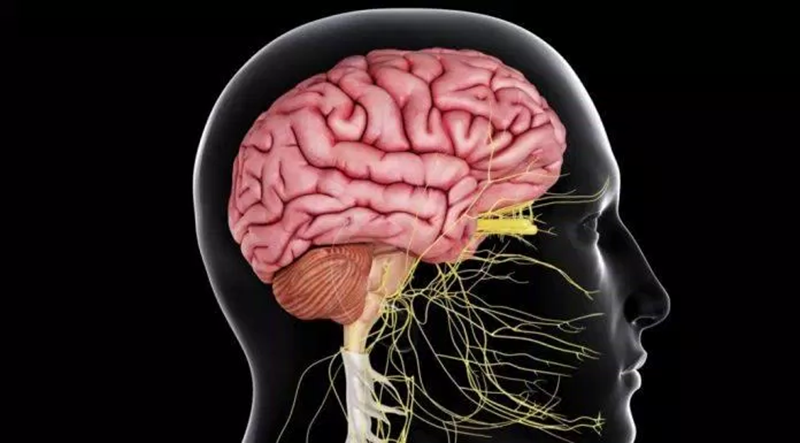
The only difference is that the neurons are in charge of different jobs (you've probably heard of the 10,000-hour rule to become a master at something, even if it's just for fun, but it's basically If we do it long enough, we will remember it for a long time, even for a lifetime).
But if that's all, there's not much to say. As mentioned above, another aspect of muscle memory is less noticeable but works wonders for muscle training.
In particular, this problem is complicated to explain if only based on the concept of memory of the brain as just now. That is the question: why do muscles grow faster when they return to training after a break?
What mechanism creates muscle memory?
First of all, let's re-emphasize: this is the phenomenon that when the muscles return to exercise after a certain period of rest, they will increase in size and strength faster than in the beginning stage.

In other words, if you're at five and you stop training, and your muscles go back to 0, when you come back, you will reach 5 in less time than before, but that doesn't mean you can jump. It's not easy to jump from 0 to 10.
For example, longtime gym-goers may gain only 1 to 2 kg per year, but when they take a break and lose a few pounds of muscle, they will be able to regain the same amount of power in just a few months of training again.
This is similar to a longtime professional guitar player; even if they give up the guitar to forget how to play when they practice again, they can still play faster than when they started the profession.
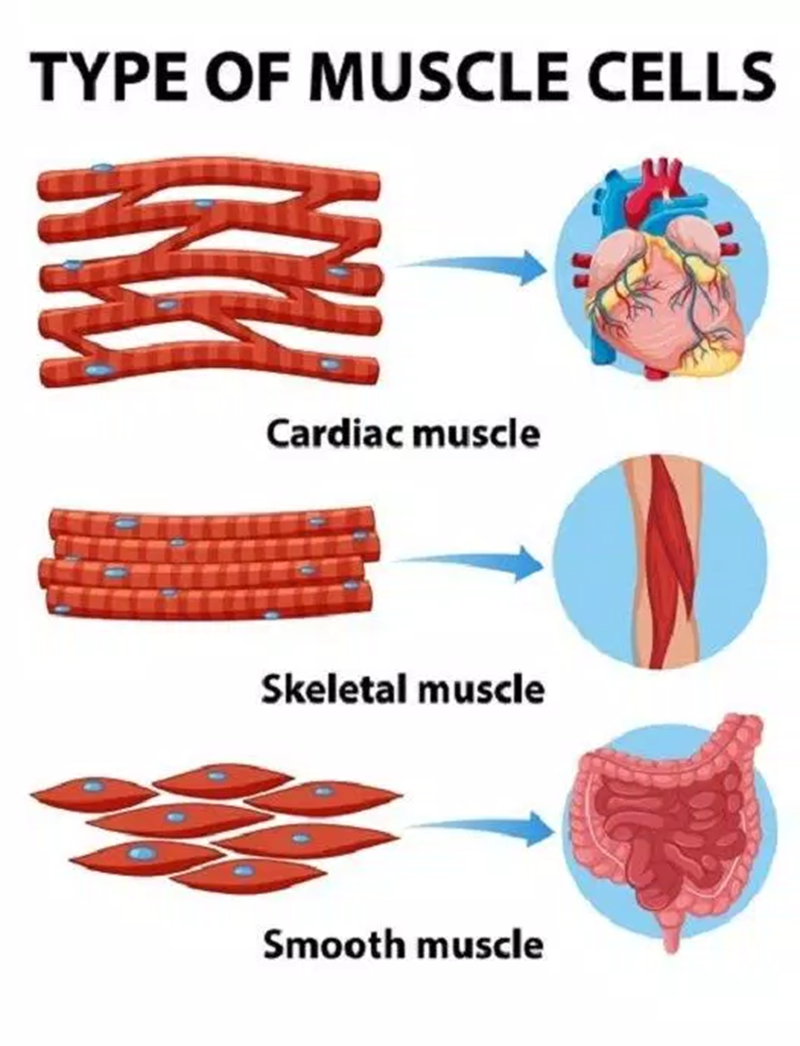
Scientists have developed a hypothesis to explain muscle memory; we first need to understand the structure of muscle cells and how they grow when stimulated by exercise.
In our body, cells are considered tiny bricks that assemble into parts. Although cells have different shapes and functions, they have the same general structure, including membrane, cytoplasm, and nucleus.
The cell nucleus contains DNA and can be likened to the control center of all cell activities, including protein synthesis, the breakdown of nutrients for energy, and the repair of cell damage, and help the cell duplicate increase in number. Therefore, the nucleus is the “brain” of the cell, determining its growth and development.
Thus, the cell's ability to develop depends on the nucleus, but cells usually have only one heart, limiting them to a certain extent.
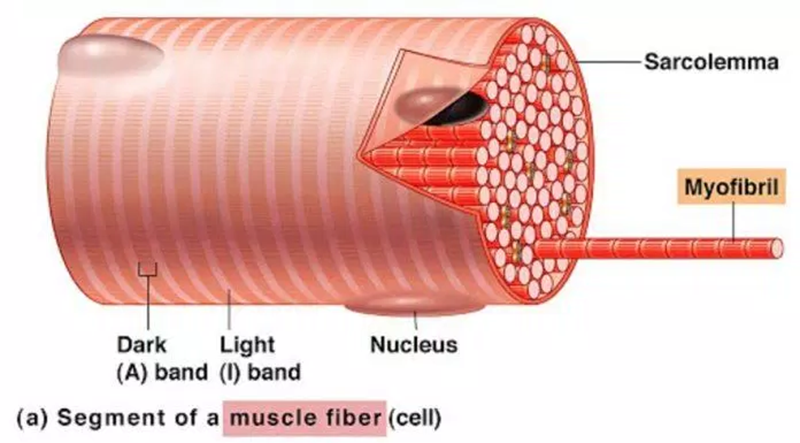
Muscle is an exception, each muscle cell contains many scattered nuclei, and each heart will be in charge of “managing” a small part of the cell. And the remarkable thing is that the number of these cores is not fixed but can be increased when the muscle is stimulated.
However, muscle cells cannot generate new nuclei, but they must “import” from small cells called satellite cells (satellite cells).
It's a type of stem cell that resides in the muscle and is often in a state of “hibernation” if the power is only mildly active typically. Only when micro-damage caused by exercise occurs do muscle cells send out signals to call satellite cells to help with recovery.
And how do these satellites help repair muscle damage? As you probably already guessed, they attach to muscle cells and contribute to their nucleus.
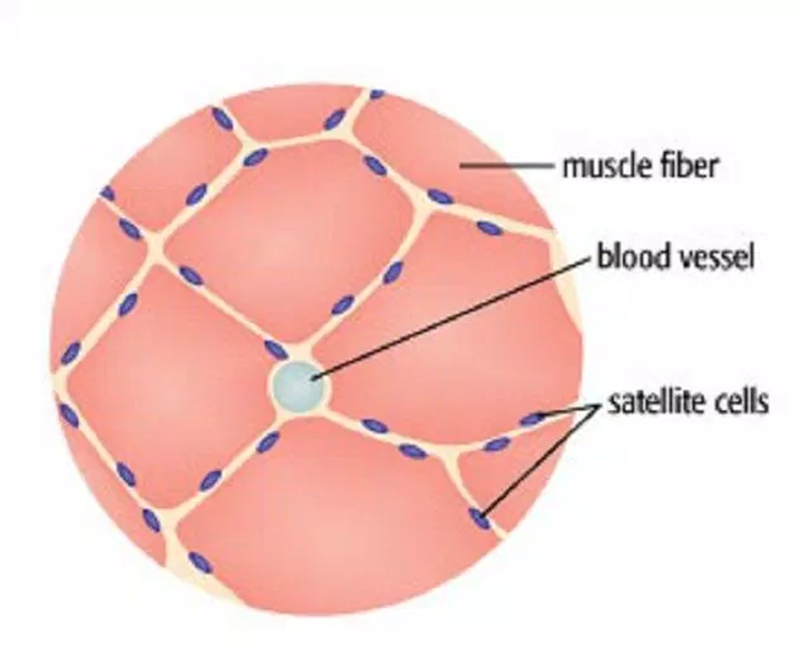
With more nuclei, muscle cells seem to be invigorated to direct the delicate biological processes that restore them, not only to their original state but to become bigger and stronger.
Interestingly, after the damage was repaired, these new nuclei remained in the muscle cells for a long time. The more you force muscles to work hard, creating a lot of microscopic damage, the more new cores they accumulate to fight the damage.
That's why if you want to gain muscle, you must increase the volume of exercise, but standing at a level forever, the power will stop there.
Until now, scientists have not determined exactly how long it takes for new nuclei to stay in muscle cells, but certainly not less than a few months for people who have been exercising for a long time.
Some theories even suggest that that time is forever. If that's the case, then this can be considered a “lifetime achievement” reward for the efforts you have put in over the years before.
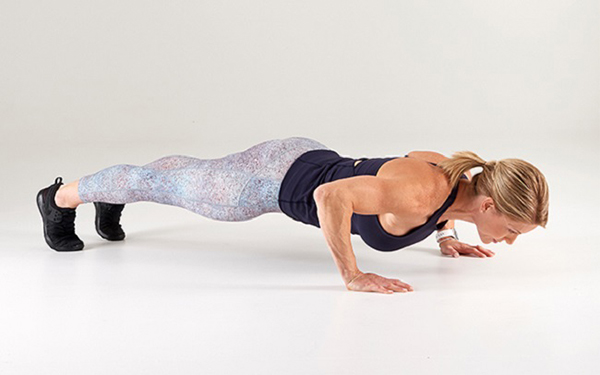
But that's just a theory; what about reality? To test whether it is true that muscles get back to “fit” faster after resting for a while, there have been several studies conducted by scientists around the world to compare the rate of muscle gain between the two.
A study published in 2013 by the University of Tokyo divided participants of healthy young men into two groups, with bench press exercises of equal reps, weekly reps, and weights.
The only difference was that one group exercised continuously for 24 weeks without a break, the other group trained three times each six weeks, and three weeks of rest were in between.
What about the results? The total time for both groups was 24 weeks, but the 2nd group worked out 25% less than the 1st group, and surprisingly, both groups' muscle mass and strength were almost equal! That is the effect of muscle memory that helps muscles grow even after a long break from exercise.

Another study from the same university conducted in 2011 gave similar results: 15 young men were divided into two different training regimens, group 1 lifted weights for 15 weeks without rest, group 2 did two sets of exercise every six weeks with a 3-week break in between. Results were also similar between the two groups in terms of muscle mass and strength.
However, this study has one more exciting measurement: the rate of muscle gain and strength gain in group 1 slowed down over the last six weeks, while group 2 did not gain muscle during rest. But when you practice again, this speed is faster and more stable.
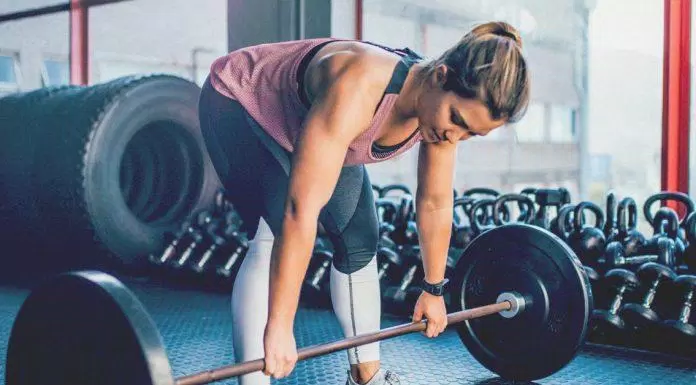
Stalling during continuous exercise without rest is known as the “repeated bout effect” or the “repeated bout effect.”
Scientists believe that muscle growth is problematic because the satellite cells that have to “donate” their nucleus to muscle cells too much will gradually run out and can no longer continue to support muscle growth.
Another more straightforward explanation is that when we practice an old movement repeatedly, our body will get used to it and figure out how to do it on its own with less effort, thus reducing the effect of muscle stimulation.
If the second interpretation is correct, the conclusion remains: to grow muscle continuously; we must constantly innovate exercises, increasing intensity or changing movements.
If the satellite cell hypothesis is correct, the secret to muscle gain lies in taking breaks for these cells to restore their numbers; then, when they return to exercise, they will “serve” muscle cells for faster and stronger muscle growth.
So, in the end, how should muscle memory be applied to training?
If only based on the above research results and think that we can freely exercise or rest as we like because muscles have memory anyway and can return to the “youth” state as before seems a bit hasty and subjective because there are several points in the above two tests that we need to pay attention to.

The first is that the test participants had no muscle training before. Such newbies are often easy to gain muscle no matter how different the training regimen is, a phenomenon known as “newbie gain,” like when you go to school, you can quickly get a score of 6, 7 but Want to be 9, 10 is not a simple problem.
People who have practiced for a long time and have a fair amount of muscle will have a more challenging time building muscle, and no studies have been done on this group of people.
Second, the interval training group gained better muscle mass, possibly simply because of mental comfort and more rest than the continuous training group.

Neither study examined satellite cells directly, so they could not conclude any hypothesis regarding this cell type.
Third, studies are only limited to a few months; no one is sure which exercise regimen will be more effective if maintained for a few years.
And finally, the results of muscle gain in the two groups were only similar, not that the rest group gained more muscle than the continuous exercise group. Therefore, to say that alternating rest helps muscles develop better than constant training is not quite right.
So muscle memory is a genuine phenomenon and has been confirmed by science. However, the mechanism behind it is still not fully understood, and its application should also be “experimental” for a short time only.
If you practice continuously for a few weeks and then rest for a few weeks, in the long run, no one can guarantee that your muscles will go up steadily!
Besides, do not abuse this phenomenon and be subjective that “no matter how much I rest, I will practice for many years anyway, I will come back later and still gain muscle as usual.”
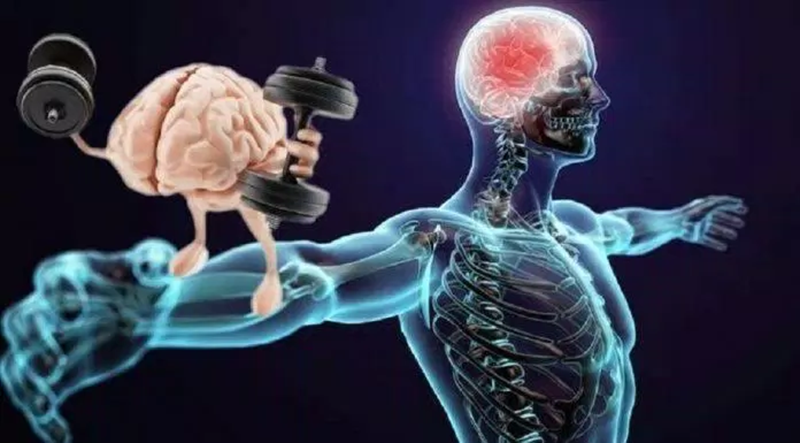
A few days off can be an excellent antidote to stress relief for both your muscles and your mind, but taking too long will slow you down, and when you get back to working out, you already know what it's like sore muscles!
On the other hand, some people still think that muscle memory is a “fiction movie” created by subjective perception, with “evidence” that athletes have been out of competition for a long time when they return to play the movement no longer strong.
This is a silly argument because, with age, the body loses muscle faster and more, and bones, joints, ligaments, and all cellular activities are reduced, so it is impossible to say muscle memory doesn't exist.
Age is an aging process that we cannot reverse, so returning to the original muscle is possible quickly but will decrease with the aging process.

End:
The article shows us that muscle memory works as a guide to us. If you try to maintain regular exercise and have a level of rest between long periods of activity is the right thing.
However, to achieve high performance and achieve your goals in each of those stages, you must base on other factors such as age or surrounding factors affecting the aging process.
View more:
- Toning Workout Plan For Females Help You Save Time, Get In Shape Quickly
- Does Protein Help Muscle Recovery?
- How to Lose Thigh Fat for Men and Women Scientifically Effective
All of our human bodies are limited to a physical state. This state is constantly changing continuously in each phase and small changes each day, after which we need to know how to make effective use of these processes; this short course is to create your results.

